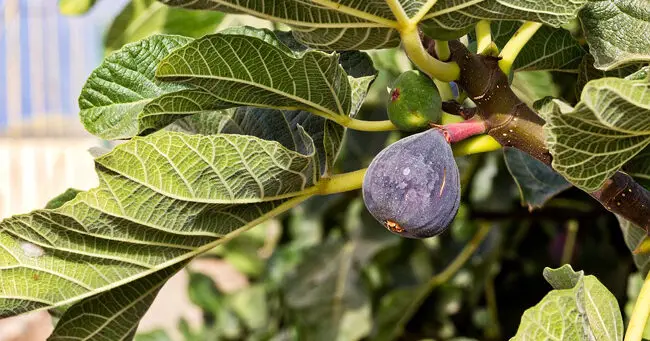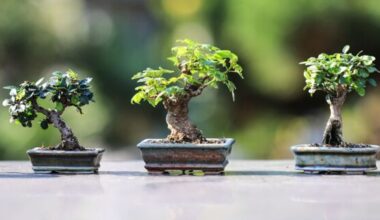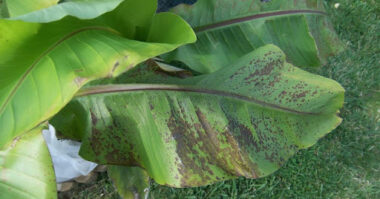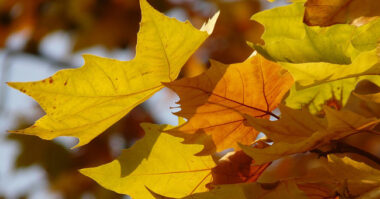Most of the time, fig trees give the impression that they don’t grow because they don’t give fruits yet, in fact, the fig tree needs time to grow its roots, once done, it will suddenly start giving its figs without any problems.
Probably the most robust of all fruit trees, the fig tree grows everywhere, in clayey, siliceous, chalky soils, but only if they are not swampy or at least if the excess humidity persists too long. The further north you go, the more the fig tree requires light, warm and fertile soil.
The fig tree adapts to all types of soil, whether siliceous or calcareous, which does not mean that it does not thrive better in fertile and slightly cool soils. Although resistant to drought, a certain freshness is favorable to the development of its fruits.
So the 2 mains reasons for your fig tree not growing are:
- Not exposed in the right environment
- Roots are growing, which you can’t see, so feel like the fig tree is not growing while it actually is.
Contents
How to grow fig trees and obtain figs?
As for the care you should take to the fig trees, you should know that fig tree growth requires well-drained and fertile soil. The best soil for fig tree growth would be a clay soil that has a lot of organic matter. Also make sure that the area receives a lot of moisture.
The perfect pH for fig tree growth is a soil pH of 6.0 to 6.5. When thinking about how to grow figs, you should know that they should be protected from cold winter winds and direct winter light. Unusually warm temperatures can cause your fig trees to grow. If this happens too early in the season and another frost creeps in, then your growing fig trees will be damaged.
Fig tree that does not give figs
In fact the fig tree is one of those fruit trees that need a good rooting period before seeing the first figs appear.
So there is not much to do except to wait for your fig tree to take root.
- A regular watering during the first 2 years after planting is necessary for the fig tree.
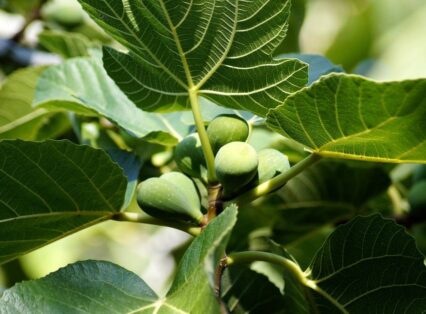
Pruning large shoots
To encourage it to bear fruit again, it is advisable to multiply the small branches by blunting the large shoots over about a third of their length, but no more than that, so as not to revive the vegetation, which would be counterproductive.
The fig tree, like the vine, flowers, in fact, on the branches of the year. Therefore, the more young twigs you get, the more likely you are to harvest figs. Finally, absolutely avoid bringing fertilizer or compost to your tree which is already (too) well nourished.
When to pick figs?
Your figs can be harvested as soon as the fruit has softened. Figs are not tasty until they are fully ripe, so you will have to let them stay on the tree until they are fully ripe, no need to pick them before.
Figs will stop ripening once they are removed from the tree. You can keep them in the refrigerator for one or two weeks until you are ready to use them in recipes, jams or to eat them as they are.
Figs that do not ripen
Figs often do not ripen on the fig tree.
After their appearance, they grow a few centimeters and then fall down before they fully ripen.
The reason is often quite simple:
- The fig tree lacks sun at the time when it needs it most, i.e. during fig ripening.
- The fig tree does not yet have enough roots to get the elements it needs from the soil. It is then necessary to be patient or to fertilize the soil at the beginning of spring.
- The fig tree is not well where you installed it, maybe because there is too much wind or not enough heat. You can then consider moving it if it is not too big.
Summary
A fig tree bears fruit after four years, to reach its full production after about ten years. The pollination of this tree is complex and is based on interdependence with a kind of small wasp called the blastophagus.
The climate plays an important role. Although it is very resistant to the cold, to guarantee a harvest of flowering figs at the end of spring, if the tree is not too large, it is prudent to protect the branches and trunk with a veil.
Too much rain will cause the flowers to run and then the fruit to burst. The fig tree likes to be sheltered from the cold wind, or even against a warm wall. It appreciates fertile, well-drained and sandy soil.
